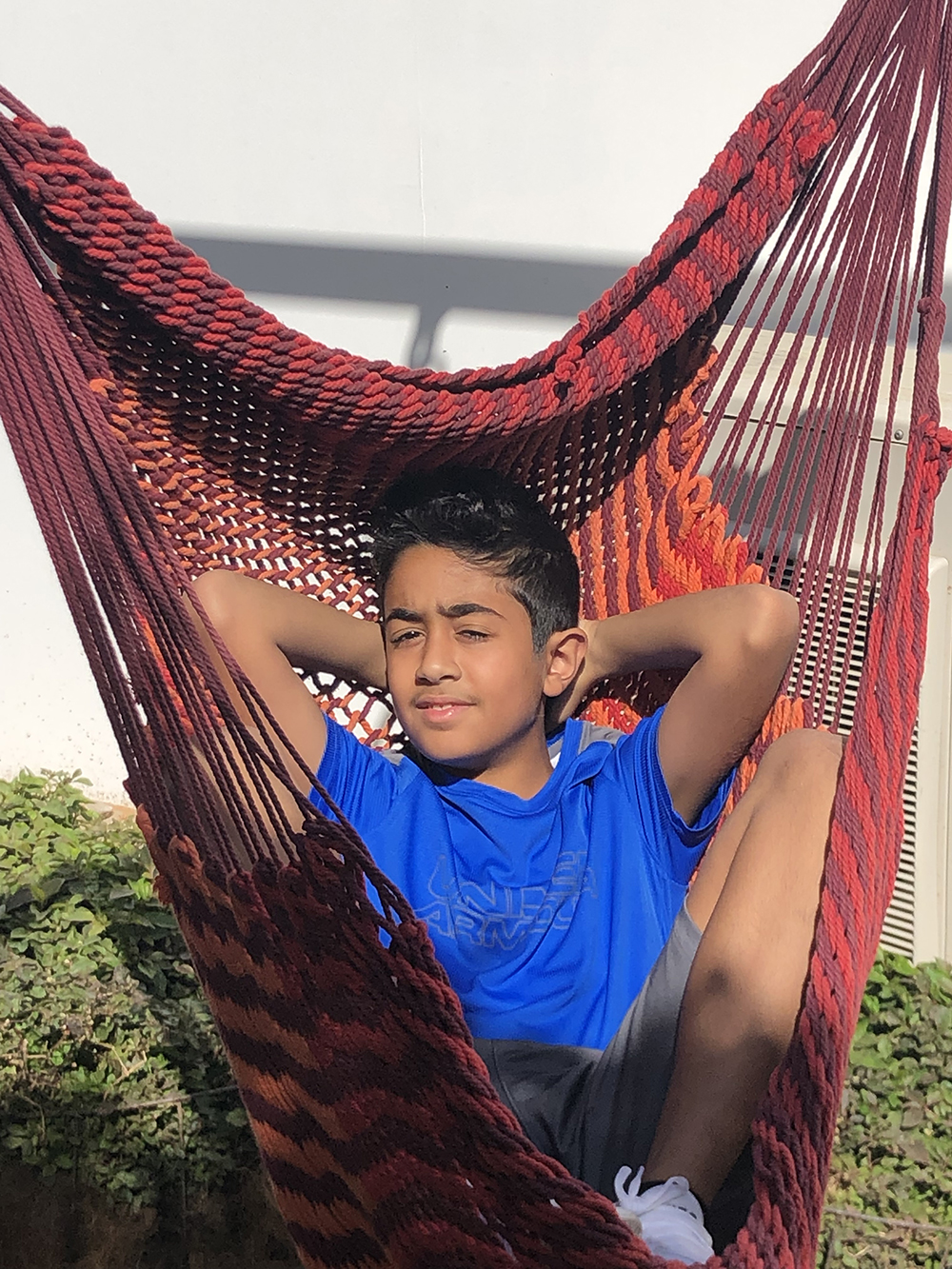
ALL ABOUT
TRAUMA-INFORMED YOGA
What is Trauma?
When we are faced with a traumatic event such as natural disasters, wars, accidents, death of a close person, or abuse, our sympathetic nervous system uses chemicals like adrenalin to prepare the body and brain to face danger. This is our “Fight or Flight response.” On the other hand, the parasympathetic system uses acetylcholine to get us back in balance and thus moves you into the “Rest and Digest response.” When those two systems are working together in synchronization, we are able to connect and engage ourselves with our surroundings. When those systems are off balance, we are often stuck in our “Fight or Flight”, which may lead to trauma.


